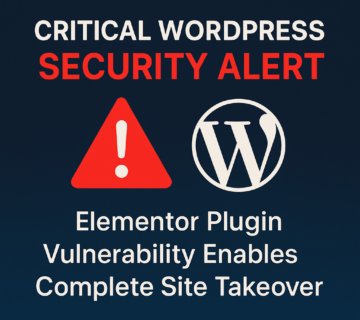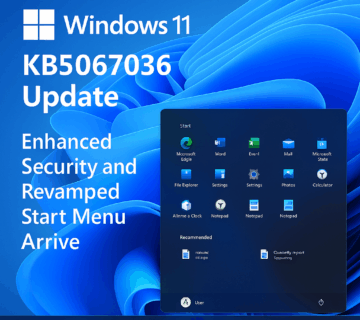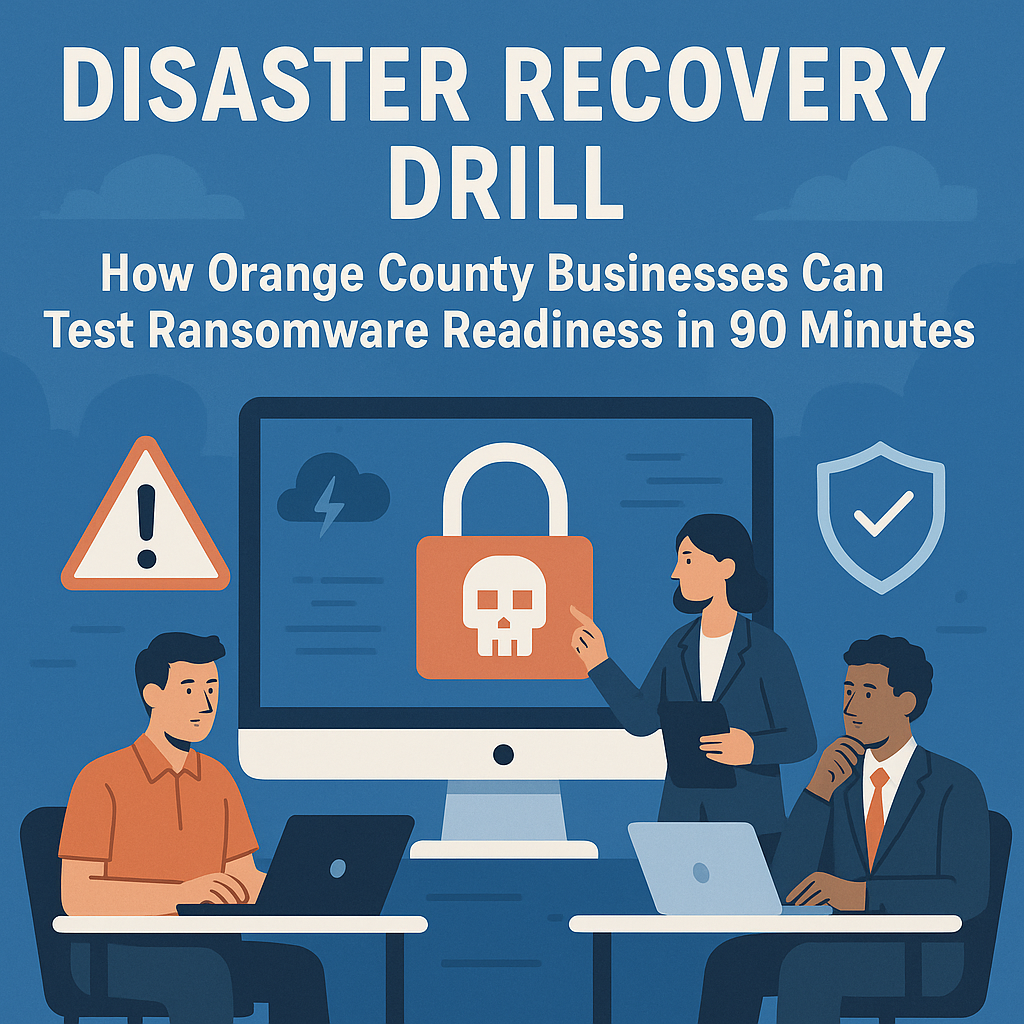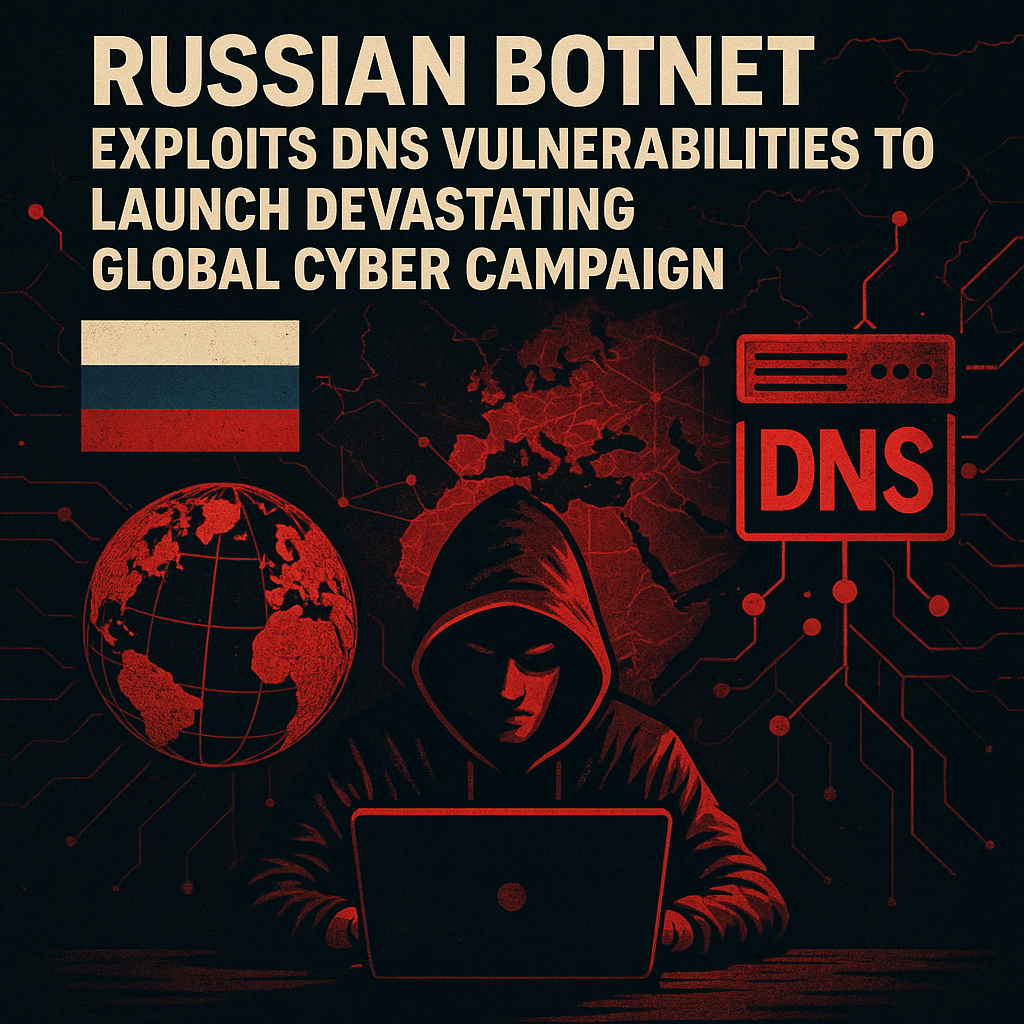Cisco Catalyst Center Vulnerability Lets Attackers Escalate Privileges
🎙️ Dive Deeper with Our Podcast!
Cisco Catalyst Center Privilege Escalation Vulnerability
A critical security vulnerability has emerged in Cisco’s Catalyst Center Virtual Appliance that could allow attackers with minimal system access to elevate their privileges to full administrator control. This flaw represents a significant threat to organizations relying on Cisco’s network management infrastructure, particularly those operating virtual appliances on VMware ESXi platforms.
Understanding the CVE-2025-20341 Vulnerability
The security flaw, officially designated as CVE-2025-20341, has been assigned a CVSS score of 8.8, placing it firmly in the high-severity category. This vulnerability affects organizations using Cisco Catalyst Center Virtual Appliance for network management and monitoring operations across their infrastructure.
The root cause of this security weakness lies in inadequate input validation mechanisms. When the system processes data submitted through web-based requests, it fails to implement proper verification protocols. This fundamental oversight creates a dangerous opportunity for malicious actors to manipulate the system’s privilege management functions.
What distinguishes this vulnerability from other security flaws is its accessibility. Attackers don’t need sophisticated tools or extensive system knowledge to exploit it. Instead, they can leverage specially crafted HTTP requests that bypass the system’s security controls, tricking it into granting elevated permissions that should remain restricted.
How the Privilege Escalation Attack Works
The attack methodology behind CVE-2025-20341 reveals concerning weaknesses in the system’s security architecture. An individual with Observer role permissions—typically assigned to users who need read-only access to monitor network status—can exploit this vulnerability to gain Administrator-level control.
The Observer role is commonly distributed throughout organizations for legitimate monitoring purposes. Network technicians, help desk personnel, and various IT staff members often receive these credentials to perform routine system checks. This widespread distribution of low-level credentials significantly expands the potential attack surface.
Once an attacker successfully exploits this flaw, they can execute a range of malicious activities. These include creating additional user accounts to establish persistent access, modifying critical system configurations, altering security settings, and potentially compromising connected network infrastructure. The remote network-based attack vector means perpetrators can execute these operations from anywhere with network connectivity to the vulnerable system.
Discovery and Current Threat Landscape
Cisco’s security research team uncovered this vulnerability while investigating a customer issue through their Technical Assistance Center. This discovery method—through direct customer support interaction rather than external security researchers or active exploitation—provided organizations with a valuable early warning.
Currently, Cisco has confirmed that no public exploits targeting CVE-2025-20341 have been identified in the wild. This absence of active exploitation creates a critical window of opportunity for organizations to implement security patches before malicious actors develop and distribute attack tools. However, the detailed technical information now available publicly means this window won’t remain open indefinitely.
Security professionals recognize that high-severity vulnerabilities with clear exploitation paths typically see rapid weaponization once details become public. Organizations should treat the current lack of active exploits as temporary rather than reassuring.
Affected Systems and Technical Specifications
The vulnerability specifically impacts Cisco Catalyst Center Virtual Appliance version 2.3.7.3-VA and all subsequent releases prior to the patched version. Organizations running these versions on VMware ESXi virtualization platforms face immediate risk and should prioritize remediation efforts.
The technical architecture of this vulnerability centers on the system’s HTTP request processing mechanisms. When user-supplied input arrives through web interfaces, the application should implement strict validation and sanitization procedures. Instead, the affected versions process this input with insufficient security controls, allowing carefully constructed requests to manipulate privilege assignment operations.
Importantly, this vulnerability does not affect Cisco Catalyst Center hardware appliances or virtual appliances deployed on Amazon Web Services infrastructure. Organizations using these alternative deployment models can focus their security efforts elsewhere, though routine security hygiene practices remain essential.
Remediation Steps and Security Patches
Cisco has released version 2.3.7.10-VA as the corrective update that resolves CVE-2025-20341. This patched release implements enhanced input validation controls that prevent the privilege escalation attack vector from functioning successfully.
Organizations should implement this security update immediately across all affected virtual appliances. The upgrade process should follow Cisco’s standard deployment procedures, including appropriate testing in non-production environments before rolling out to critical infrastructure.
Cisco has explicitly stated that no workaround solutions exist for this vulnerability. Configuration changes, access control modifications, or other security measures cannot adequately protect against exploitation. The only effective remediation is applying the official security patch through the software update process.
Before beginning the upgrade process, administrators should verify their current software version, review system dependencies, schedule appropriate maintenance windows, back up current configurations, and test the new version in isolated environments when possible. These preparatory steps help ensure smooth deployment while minimizing potential service disruptions.
Broader Implications for Network Security
This vulnerability highlights ongoing challenges in securing complex network management platforms. Modern network infrastructure relies heavily on centralized management systems like Cisco Catalyst Center, making these platforms attractive targets for attackers seeking to compromise entire networks through a single entry point.
The privilege escalation nature of CVE-2025-20341 demonstrates how seemingly minor security oversights can create major vulnerabilities. Input validation, while a fundamental security concept, remains a common source of critical flaws when implementation falls short. Organizations should view this incident as a reminder to scrutinize all systems that process user-supplied data, particularly those handling authentication and authorization functions.
Network administrators should reassess their access control policies in light of this vulnerability. Even low-privilege accounts can become dangerous when security flaws allow privilege escalation. Implementing least-privilege principles, regularly auditing user permissions, and monitoring for unusual privilege changes can help detect and prevent exploitation attempts.
Protecting Your Network Infrastructure
Beyond applying the immediate security patch, organizations should implement comprehensive security measures to protect their network management infrastructure. These include restricting network access to Catalyst Center interfaces through firewall rules, implementing multi-factor authentication for all user accounts, regularly reviewing and auditing user permissions, monitoring system logs for unusual authentication or privilege modification events, and maintaining current security patches across all network infrastructure components.
Organizations using Cisco Catalyst Center in Orange County and throughout Southern California should recognize that security vulnerabilities like CVE-2025-20341 represent persistent threats requiring ongoing vigilance. The interconnected nature of modern business networks means a compromise in one system can cascade throughout the entire infrastructure.
Frequently Asked Questions
What is CVE-2025-20341?
CVE-2025-20341 is a high-severity security vulnerability in Cisco Catalyst Center Virtual Appliance that allows attackers with low-level Observer permissions to escalate their privileges to Administrator level. The flaw stems from inadequate input validation in the system’s HTTP request processing, enabling specially crafted web requests to bypass security controls and manipulate privilege assignments.
Which Cisco products are affected by this vulnerability?
This vulnerability specifically affects Cisco Catalyst Center Virtual Appliance versions 2.3.7.3-VA and later releases running on VMware ESXi platforms. Hardware-based Catalyst Center appliances and virtual appliances deployed on Amazon Web Services are not vulnerable to this particular security flaw.
How serious is this vulnerability?
With a CVSS score of 8.8, this vulnerability is classified as high severity. It allows remote attackers with minimal access to gain complete administrative control over affected systems, potentially compromising entire network infrastructures. The ease of exploitation and significant impact make this a critical security concern requiring immediate attention.
Has this vulnerability been exploited in the wild?
Cisco has confirmed that no public exploits targeting CVE-2025-20341 have been observed as of the disclosure date. However, the detailed technical information now available means organizations should not assume they are safe. Attackers frequently develop exploit tools rapidly once vulnerability details become public.
What is the fix for CVE-2025-20341?
Cisco has released version 2.3.7.10-VA as the patched release that addresses this vulnerability. Organizations must upgrade to this version or later to eliminate the security risk. No workarounds or configuration changes can adequately protect against this flaw, making the software update the only effective remediation.
Can I protect my system without updating the software?
No. Cisco has explicitly stated that no workarounds exist for this vulnerability. While implementing network access restrictions and enhanced monitoring can reduce risk exposure, these measures cannot eliminate the fundamental security flaw. Updating to the patched software version is the only reliable protection method.
What should I do if I’m running an affected version?
Organizations running affected versions should immediately plan and execute an upgrade to version 2.3.7.10-VA or later. Before upgrading, back up current configurations, test the new version in a non-production environment if possible, and schedule appropriate maintenance windows to minimize service disruption during the update process.
How can attackers exploit this vulnerability?
Attackers with Observer-level credentials can send specially crafted HTTP requests to the vulnerable system. These requests exploit insufficient input validation to manipulate the privilege management system, allowing the attacker to grant themselves Administrator permissions. Once elevated, they can create accounts, modify configurations, and compromise connected infrastructure.
How Technijian Can Help
At Technijian, we understand that managing security vulnerabilities in complex network infrastructure requires expertise, resources, and constant vigilance. Our managed IT services team specializes in protecting Orange County and Southern California businesses from emerging cybersecurity threats like CVE-2025-20341.
Our comprehensive network security services include proactive vulnerability management, where we continuously monitor security advisories from vendors like Cisco and immediately assess their impact on your infrastructure. When critical vulnerabilities emerge, we develop and execute rapid response plans to patch affected systems before attackers can exploit them.
We provide expert patch management services that ensure your Cisco network infrastructure remains current with the latest security updates. Our team handles the entire update process, from testing patches in isolated environments to deploying them across your production systems during scheduled maintenance windows that minimize business disruption.
Beyond reactive patching, Technijian implements defense-in-depth security strategies that protect your network even when individual vulnerabilities exist. We configure network segmentation to limit the impact of potential breaches, implement strict access controls following least-privilege principles, deploy advanced monitoring systems that detect unusual privilege escalation attempts, and maintain comprehensive security logs for forensic analysis and compliance requirements.
Our cybersecurity experts conduct regular security assessments of your network management infrastructure, identifying potential weaknesses before attackers discover them. We review user permission assignments, audit authentication mechanisms, test access controls, and evaluate overall security architecture to ensure your Cisco Catalyst Center and other critical systems remain protected.
For organizations throughout Orange County, Irvine, and Southern California, Technijian offers specialized expertise in Cisco network security. Our technicians maintain current certifications and deep knowledge of Cisco products, enabling us to implement security best practices specific to your Catalyst Center deployment.
We recognize that many businesses lack the internal resources to maintain constant vigilance over security vulnerabilities affecting their network infrastructure. Our managed security services provide the expert attention your systems need without requiring you to build and maintain specialized internal teams.
Contact Technijian today to discuss how our managed IT and cybersecurity services can protect your organization from vulnerabilities like CVE-2025-20341. We’ll assess your current Cisco infrastructure, identify security gaps, and implement comprehensive protection strategies tailored to your business needs. Don’t wait for a security incident to expose vulnerabilities in your network management systems—partner with Technijian for proactive, expert security management that keeps your business protected.
About Technijian
Technijian is a premier Managed IT Services provider in Irvine, specializing in delivering secure, scalable, and innovative AI and technology solutions across Orange County and Southern California. Founded in 2000 by Ravi Jain, what started as a one-man IT shop has evolved into a trusted technology partner with teams of engineers, AI specialists, and cybersecurity professionals both in the U.S. and internationally.
Headquartered in Irvine, we provide comprehensive cybersecurity solutions, IT support, AI implementation services, and cloud services throughout Orange County—from Aliso Viejo, Anaheim, Costa Mesa, and Fountain Valley to Newport Beach, Santa Ana, Tustin, and beyond. Our extensive experience with enterprise security deployments, combined with our deep understanding of local business needs, makes us the ideal partner for organizations seeking to implement security solutions that provide real protection.
We work closely with clients across diverse industries, including healthcare, finance, law, retail, and professional services, to design security strategies that reduce risk, enhance productivity, and maintain the highest protection standards. Our Irvine-based office remains our primary hub, delivering the personalized service and responsive support that businesses across Orange County have relied on for over two decades.
With expertise spanning cybersecurity, managed IT services, AI implementation, consulting, and cloud solutions, Technijian has become the go-to partner for small to medium businesses seeking reliable technology infrastructure and comprehensive security capabilities. Whether you need Cisco Umbrella deployment in Irvine, DNS security implementation in Santa Ana, or phishing prevention consulting in Anaheim, we deliver technology solutions that align with your business goals and security requirements.
Partner with Technijian and experience the difference of a local IT company that combines global security expertise with community-driven service. Our mission is to help businesses across Irvine, Orange County, and Southern California harness the power of advanced cybersecurity to stay protected, efficient, and competitive in today’s threat-filled digital world.





